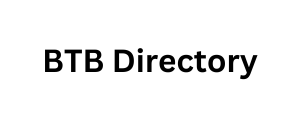Fiscal policy is a policy taken by the government to manage. Government revenues and expenditures, as well as regulate budget deficits or surpluses. Fiscal policy can be expansionary or contractionary, depending on whether the government increases. Or reduces spending and/or raises or lowers taxes.
Monetary policy is the policy taken by the central bank to regulate the money supply and interest rates in a country. The main objective of monetary policy is to stabilize currency exchange rates, control inflation, and maintain financial system stability. Central banks can use various monetary policy instruments, such as changing interest rates, changing the amount of money circulating in society, or changing the level of banks’ required reserves.
Fiscal policy and monetary policy are two instruments that the government
Central bank can use to control a country’s economy. These two policies are interrelated and can influence the economic development of a country.
Expansionary fiscal policy can increase phone lists aggregate demand. And reduce the unemployment rate, but it can also increase the inflation rate. If it is not balanced with appropriate monetary policy. On the other hand, contractionary fiscal. Policy can reduce the inflation rate, but it can also reduce the rate of economic. Growth and increase the unemployment rate. The unemployment rate, but it can also increase the inflation rate if it is not balanced with appropriate fiscal policy. On the other hand, monetary policy that increases interest rates can reduce the inflation rate, but can also reduce the rate of economic growth and increase the unemployment rate.
Monetary policy that reduces interest rates can increase aggregate demand and reduce
Determine policy objectives. The government BTB Directory and central bank must set goals to be achieved through fiscal and monetary policies. These goals can be price stability, economic growth, reducing unemployment, etc.
Conduct economic analysis. Before deciding on policy, the government and central bank must conduct an analysis of current economic conditions and future economic prospects. This analysis can take the form of a SWOT analysis (Strength, Weakness, Opportunity, Threat), analysis of macroeconomic issues, and so on.








